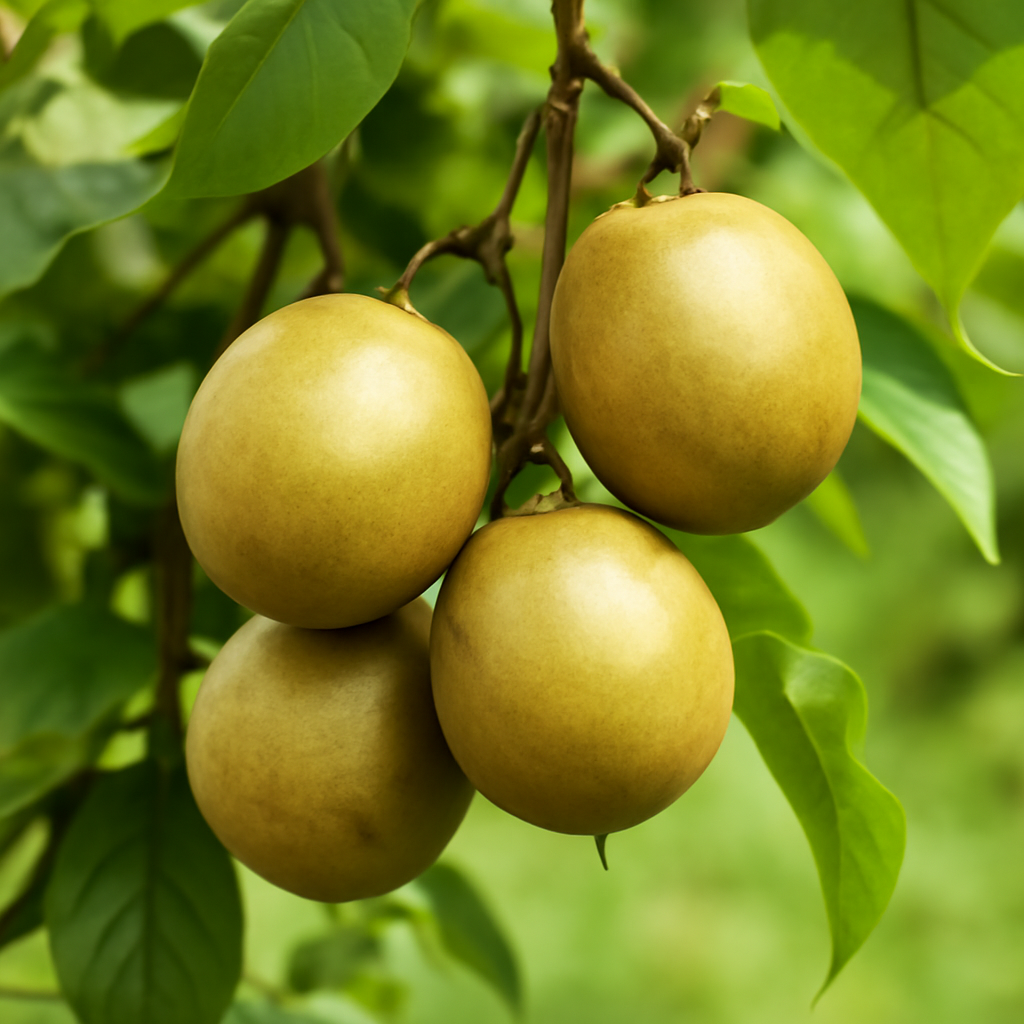Arachide: Il Legume Nutrizionale e Versatile per il Tuo Giardino
Informazioni sull'Arachide
La Arachide (Arachis hypogaea), nota anche come nocciolina, è una leguminosa apprezzata per i suoi semi commestibili ricchi di proteine, grassi sani e nutrienti essenziali. Originaria del Sud America, le arachidi sono ora coltivate a livello globale per spuntini, cucina e produzione di olio.
A differenza della frutta a guscio, le arachidi si sviluppano sottoterra, il che le rende uniche tra le leguminose. La pianta produce fiori gialli che alla fine si infilano nel terreno, formando i familiari baccelli di arachidi.

Per i giardinieri, coltivare arachidi è gratificante grazie al loro alto valore nutrizionale e alla facilità di crescita. Puoi coltivare arachidi a casa con semi di alta qualità da Organicindiaseeds.com per garantire piante sane e raccolti abbondanti.
Perché Coltivare l'Arachide?
-
Fonte Nutrizionale: Ricche di proteine, vitamina E, magnesio e grassi sani.
-
Arricchimento del Terreno: Come legume, le arachidi fissano l'azoto, migliorando la fertilità del terreno per le colture future.
-
Uso Versatile: Gustale fresche, tostate, o come burro e olio di arachidi.
-
Facile da Coltivare: Prosperano in climi caldi con cure minime una volta stabilite.
Quando Piantare l'Arachide
Le arachidi richiedono una stagione di crescita calda e senza gelate frost-free growing season di circa 120–150 giorni.
-
Periodo Ideale per la Semina: Primavera, dopo l'ultima gelata, quando la temperatura del terreno raggiunge 65°F–70°F (18°C–21°C).
-
Germinazione dei Semi: Immergi i semi durante la notte per migliorare la germinazione prima della semina.
Dove Coltivare l'Arachide
-
Clima: Preferisce regioni tropicali e subtropicali con pieno sole.
-
Terreno: Terreni leggeri, sabbiosi o limosi con buon drenaggio. Evita terreni argillosi pesanti poiché ostacolano lo sviluppo dei baccelli.
-
Distanziamento: Pianta i semi a 6–8 pollici di distanza con file a 24–36 pollici di distanza per permettere alla pianta di espandersi.
Come Coltivare l'Arachide

-
Piantare i semi:
-
Semina i semi a 1–2 pollici di profondità in un terreno caldo e ben drenato.
-
Copri leggermente con il terreno e annaffia delicatamente.
-
-
Germinazione e Crescita:
-
I semi solitamente germinano entro 7–14 giorni.
-
Le piante sviluppano fiori gialli che si autoimpollinano; i piccioli crescono verso il basso nel terreno formando baccelli.
-
-
Annaffiatura:
-
Mantieni un'umidità costante, specialmente durante la fioritura e l'affioramento.
-
Evita l'eccesso di irrigazione per prevenire la marciume radicale.
-
Come prendersi cura delle arachidi
-
Concimazione: Fertilizzante minimo necessario; le arachidi arricchiscono naturalmente il suolo. Usa un fertilizzante organico bilanciato se necessario.
-
Pacciamatura: Aiuta a trattenere l'umidità del suolo e a sopprimere le erbacce.
-
Controllo di parassiti e malattie: Monitora la presenza di afidi, macchie fogliari e nematodi. Tratta in modo organico per mantenere la salute della pianta.
Piante compagne per l'arachide
Le arachidi crescono bene insieme a:
-
Mais: Offre ombra parziale e supporta l'equilibrio dell'azoto.
-
Pomodori: Nutrienti del suolo condivisi li rendono compatibili.
-
Zucca: Cresce nelle vicinanze senza competizione.
Suggerimento per la posizione dell'immagine: Inserisci una foto delle arachidi che crescono nel terreno per illustrare la formazione dei baccelli sotterranei.
Raccolta delle arachidi

-
Raccogli le arachidi 90–150 giorni dopo la semina, una volta che le foglie diventano gialle.
-
Scava con cura l'intera pianta, scuoti via il terreno e lascia i baccelli ad asciugare al sole per 2–3 giorni.
-
Conserva le arachidi essiccate in un luogo fresco e asciutto.
Considerazioni finali sull'arachide
Le arachidi sono una coltura gratificante che offre nutrizione, sapore e arricchimento del suolo. Con la giusta esposizione al sole, il terreno e le cure, puoi godere di un raccolto abbondante dal tuo orto domestico. Inizia a coltivare semi di arachide di alta qualità da Organicindiaseeds.com e sperimenta la gioia di coltivare questa versatile leguminosa.



Commenta
Questo sito è protetto da hCaptcha e applica le Norme sulla privacy e i Termini di servizio di hCaptcha.